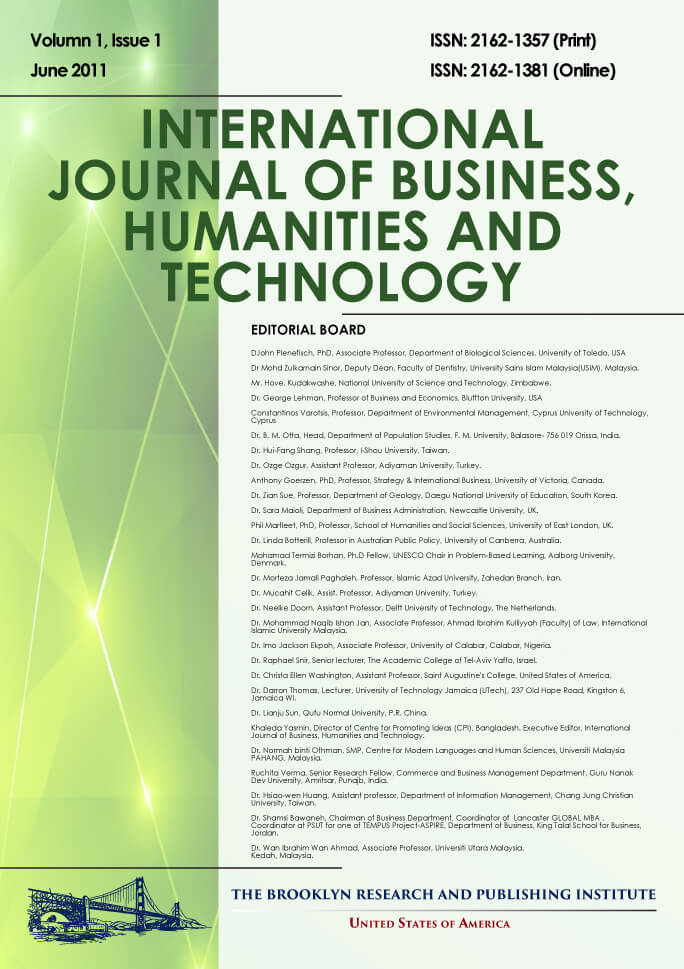The Effects of Copper, Manganese, and Vanadate Mixtures on Caco-2 Cell Cultures: A Case for the Precautionary Principle
Andrea Oyewole, Renard Thomas, Felicia Conley, Bobby Wilson
Abstract
This paper is a commentary on the usefulness of the Precautionary Principle as a risk management tool in the
protection of public health when concrete scientific evidence is absent. The presence of metals in drinking water
is known to affect human health, even in small amounts. While, certain metals are regulated, others are not due
to a lack of data to support the concern that metal mixtures in trace amounts may pose a risk to human health. In
this preliminary study, we assessed the viability of the Caco-2 (HTB-37) human adenocarcinoma cell line after a
series of exposure experiments with mixtures of Cu, Mn, and V. Concentrations ranges of 0.25 mM, and 30 mM
of Cu, Mn, and V mixtures were employed, and resazurin and XTT assays were used to evaluate mixture effects on
cell viability. Cell proliferation was observed with V at low concentrations (>1 mM) and Cu at high
concentrations (< 1 mM) in tests of single-metal treatment. Results were summarized and evaluated from the
perspective of the Precautionary Principle.
Full Text: PDF


